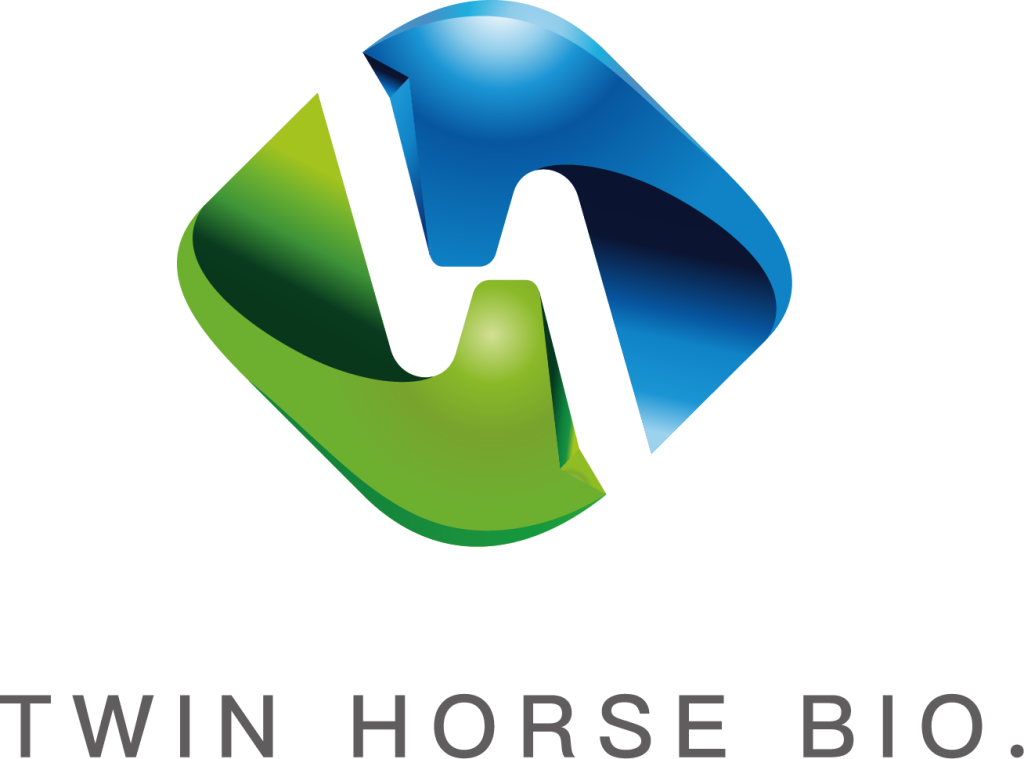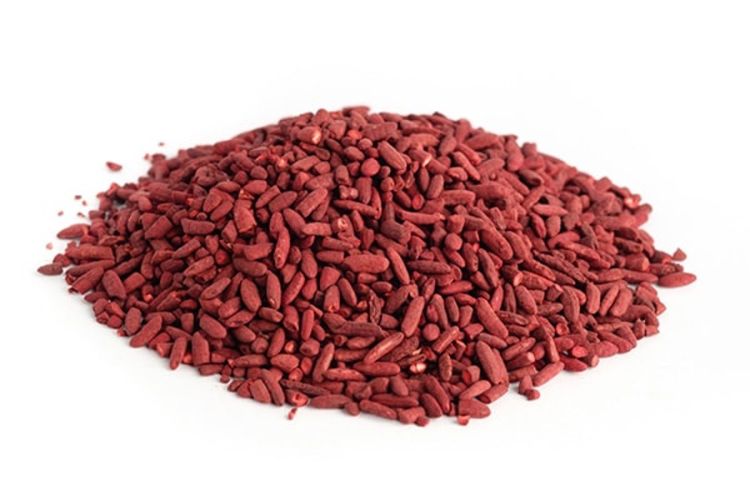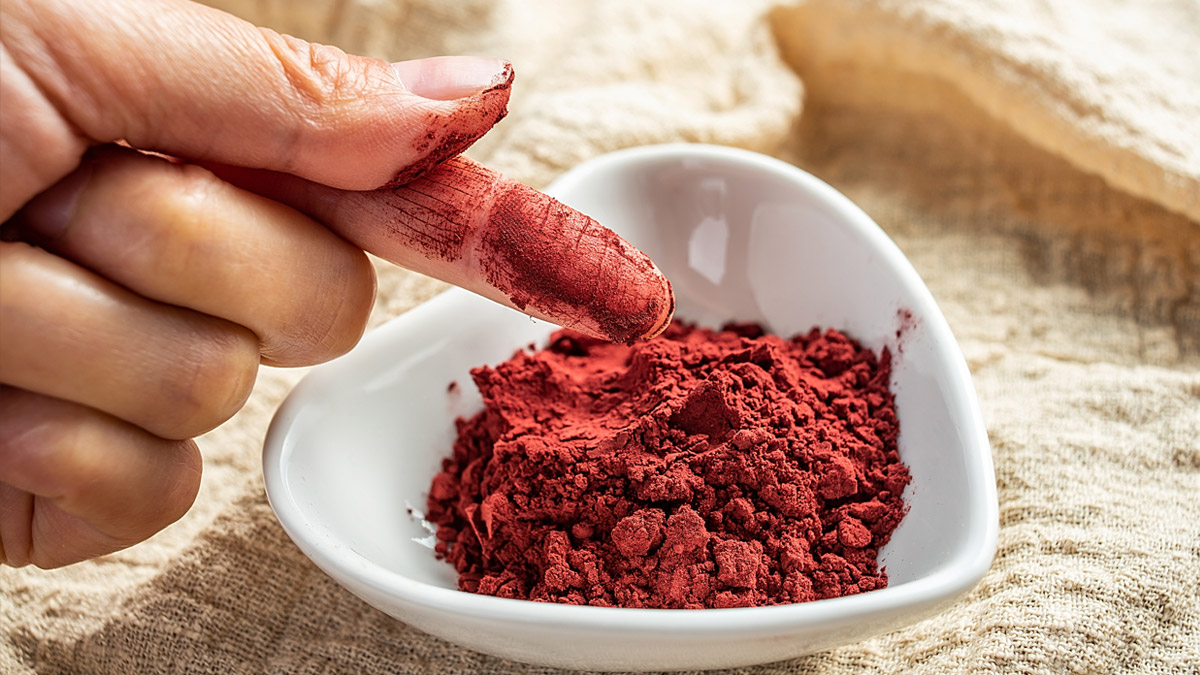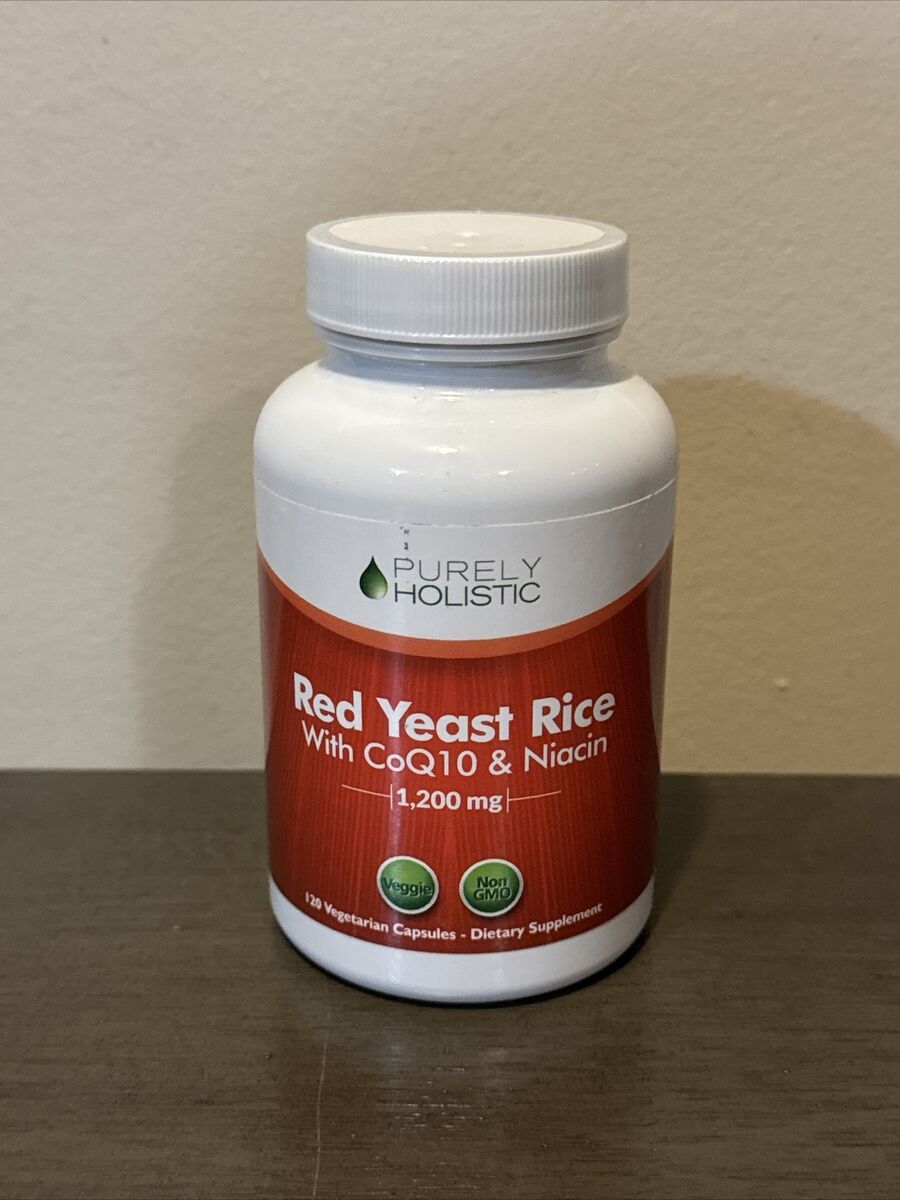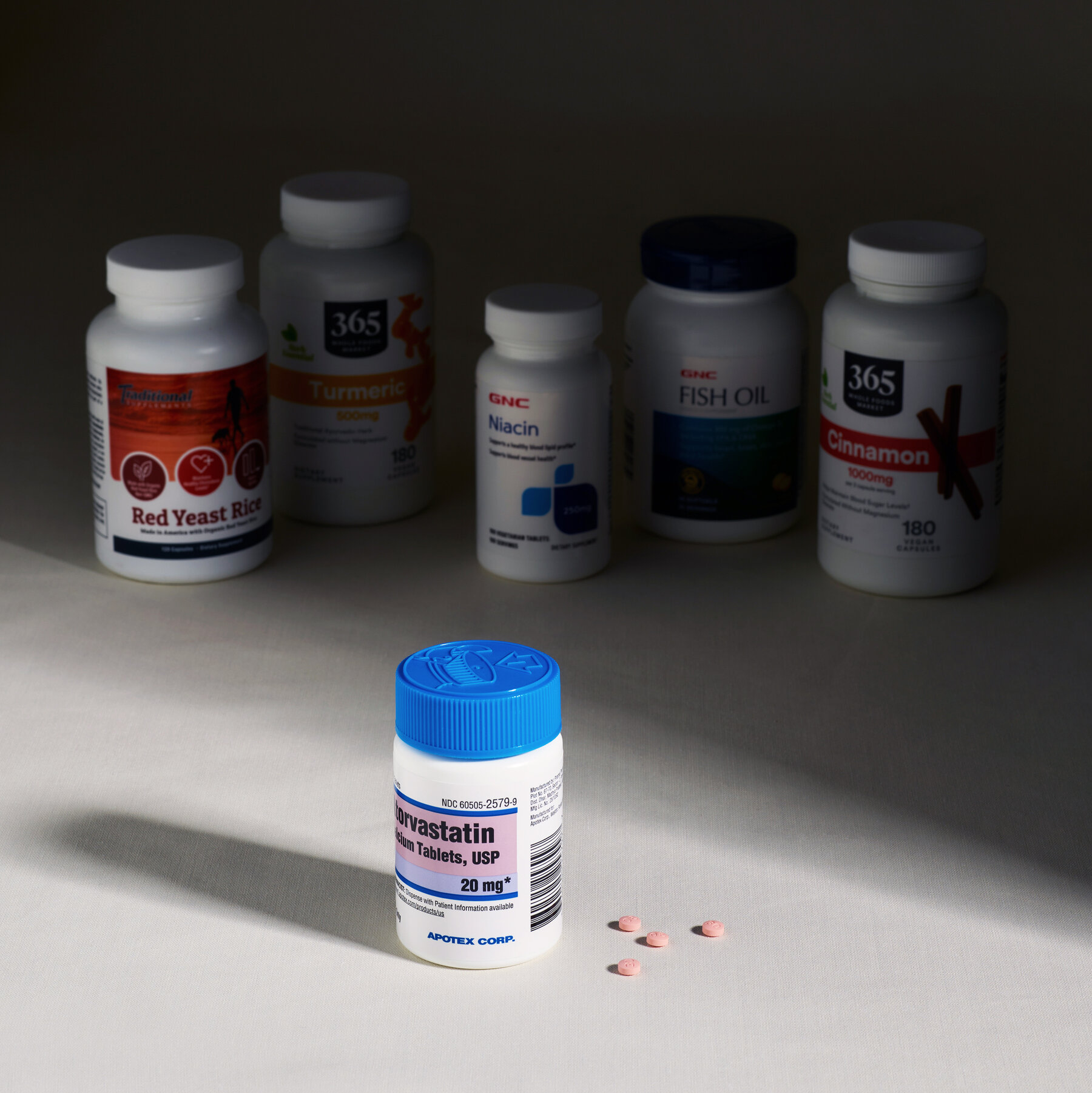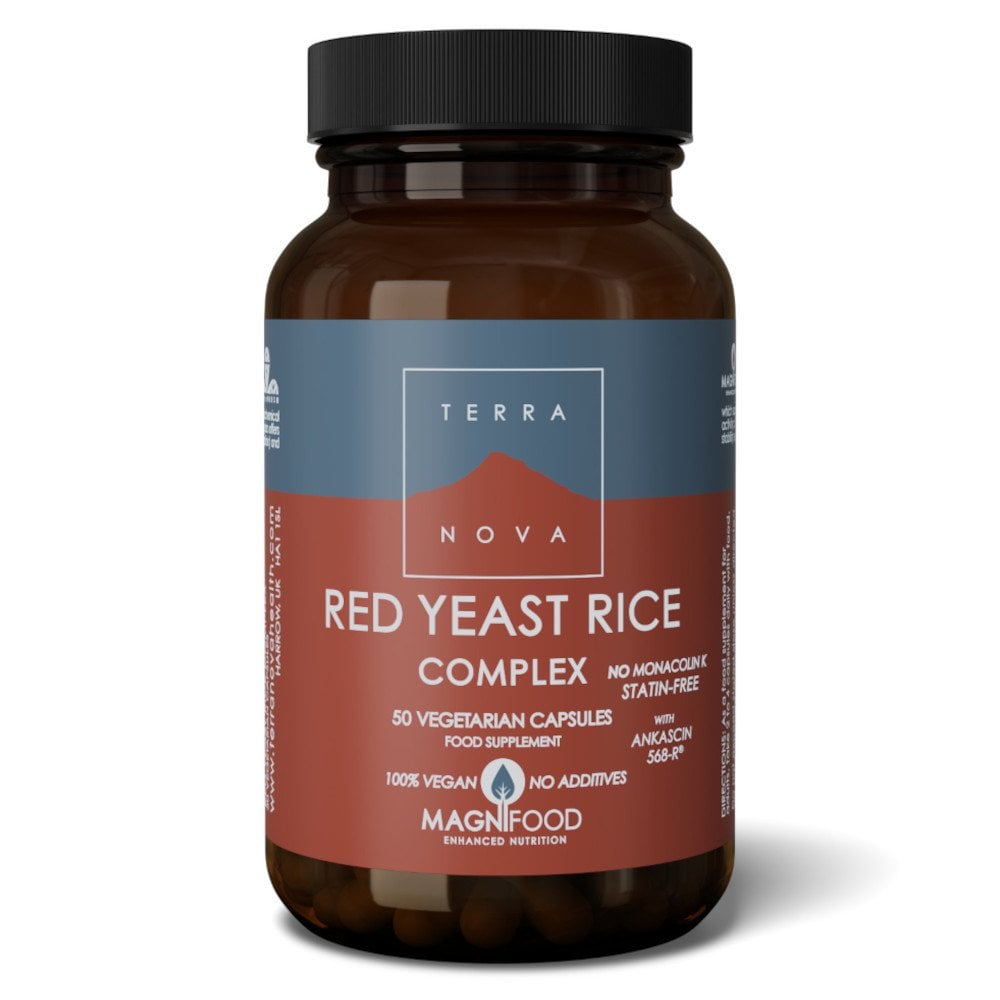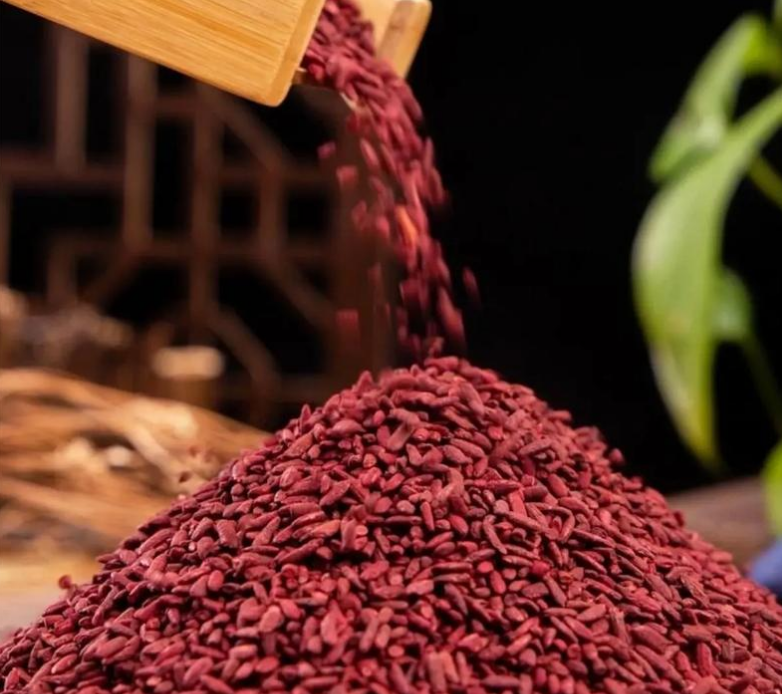Taking 1000 mg of red yeast rice daily, split into two 500 mg doses, can reduce triglyceride levels by an average of 24% within 12 weeks. For best results, pair it with a low-fat diet and 30 minutes of aerobic exercise, five days a week.
Take 600mg daily in 2 doses
Taking 600 mg a day of red yeast rice in divided doses has shown to decrease triglyceride levels in many studies. In a study with subjects with hyperlipidemia, administration of 600 mg a day for a period of 12 weeks reduced triglycerides on average by 20%, though as high as 30% in some subjects.
Those who combined the supplement with a Mediterranean-style diet, typified by 35–40% of daily caloric intake from fats, mainly supplied from sources such as olive oil and nuts, saw a 25% greater reduction in triglycerides compared to those who remained on a standard Western diet. This dietary modification, coupled with the supplement, resulted in an average reduction in triglyceride levels from 200 mg/dL to 150 mg/dL within three months.
One study of 45–65-year-olds found that 600 mg of red yeast rice daily, when combined with 30 minutes of cycling or jogging five times weekly, resulted in a reduction in triglycerides of 28%. In people who were only taking the supplement, triglycerides decreased by about 15%.
A month’s supply of good-quality red yeast rice would cost anywhere between $10 and $30, depending on the brand and product concentration. This is quite a far cry from the average monthly cost of statins, which can run from $50 to $150 a month for those without insurance coverage.
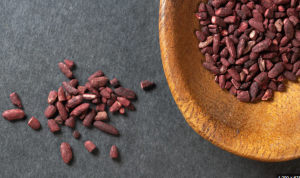
Take 900mg daily in 3 doses
One of the dosages of red yeast rice, 900 mg per day in three doses of 300 mg each, was effective in reducing triglyceride level among people with hyperlipidemia. In one controlled study, subjects taking this dosage for 16 continuous weeks reduced their triglycerides by an average of 25%, from 250 mg/dL to approximately 187 mg/dL. This was compared to a placebo group, which had only a 6% reduction.
Individuals on a high-fiber diet of at least 25 grams of dietary fiber daily in combination with 900 mg of red yeast rice had an average triglyceride reduction of 30%. For example, one subject had a baseline triglyceride level of 240 mg/dL and decreased to 168 mg/dL at 12 weeks. This was significantly higher compared to subjects on a low-fiber diet, who had a 20% reduction on the same supplement regimen.
In one 10-week program, supplementing 900 mg per day in conjunction with three times a week of high-intensity interval training managed to reduce triglycerides by 35%, while those supplementing without exercise achieved a 20% reduction. One such example of the combined effects is an individual with a starting triglyceride level of 270 mg/dL, who reduced it to 175 mg/dL after supplementation was combined with regular exercise.
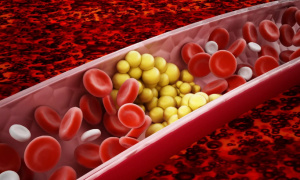
1200mg daily, divided into 2 doses
In dosages of 1200 mg, taken as two doses of 600 mg of red yeast rice per day, this supplement has yielded significant reductions in triglyceride levels. Clinical trials have illustrated that patients with triglyceride levels above 250 mg/dL who have used the above dosing for a duration of 12 weeks noticed reductions as high as 27%. Patients starting with levels as high as 300 mg/dL have dropped down to as low as about 219 mg/dL.
subjects on a low-glycemic diet plus red yeast rice supplementation had a 33% reduction in triglycerides compared to a 22% reduction in those not on a low-glycemic diet. For instance, one subject who started with a triglyceride level of 280 mg/dL was able to bring it down to 188 mg/dL within 16 weeks by supplementing with red yeast rice and limiting refined sugars and starches.
In a controlled study, combination supplementation coupled with moderate aerobic exercise like walking or cycling for 45 minutes five times a week reduced triglycerides 35%. Conversely, supplementation alone resulted in a 25% reduction. Such that an individual starting at 250 mg/dL was able to get their triglyceride level down to 162 mg/dL with this combination approach.
Take 800mg daily in 2 doses
The dose of 800 mg red yeast rice every day has been used for decreasing the level of triglycerides among people suffering from dyslipidemia in two divided doses of 400 mg. In one of the clinical research studies that engaged 150 participants presenting elevated triglycerides, such administration led to an average decline of about 22%, changing levels from 240 mg/dL to approximately 187 mg/dL, and it took place within the treatment time of 12 weeks. That represents a very significant difference compared to the placebo group, which was a drop, but only 5% decreased.
Taken together, 800 mg of red yeast rice combined with a diet low in saturated fat and high in omega-3 fatty acids produced an average triglyceride reduction of 28%. For example, one subject with an initial triglyceride level of 260 mg/dL was able to lower this to 187 mg/dL within 10 weeks by adding foods rich in omega-3 fatty acids, such as fatty fish, flaxseeds, and walnuts, to the supplementation.
In one study of 100 participants, those who combined the supplement with regular moderate exercise, such as brisk walking for 30 minutes five days a week, lowered their triglycerides by an average of 30%. For example, one subject who had started with a triglyceride level of 280 mg/dL was able to lower it to 196 mg/dL after 12 weeks of supplementation combined with exercise. The reduction was smaller by 20% in participants who used only red yeast rice with no exercise.
1000mg daily, divided into 2 doses
A dosage of 1000 mg daily, taken as 500 mg twice daily, of red yeast rice has been found to reduce triglycerides in individuals with high levels of cholesterol. In a controlled study of 200 participants who took this dosage for a period of 12 consecutive weeks, the average was seen to be reduced by 24%, from 260 mg/dL to about 198 mg/dL. This is in contrast to a placebo group that saw only a 7% reduction. Those following a diet consisting of whole grains, lean proteins and low fat dairy products saw their triglycerides reduced by 30%, whereas those consuming a standard Western diet type only saw a 20% reduction. one who had started at 280 mg/dL was able to lower it to 196 mg/dL over a 10 week period.
In one such trial involving individuals aged between 35 and 65 years, when a combination of 1000 mg of red yeast rice was combined with 40 minutes of aerobics three times a week, triglycerides came down by 35%. For instance, a person having triglycerides of 300 mg/dL brought them down to 195 mg/dL in three months. While taking only the extract without workouts resulted in a reduction of 22% in triglycerides.
